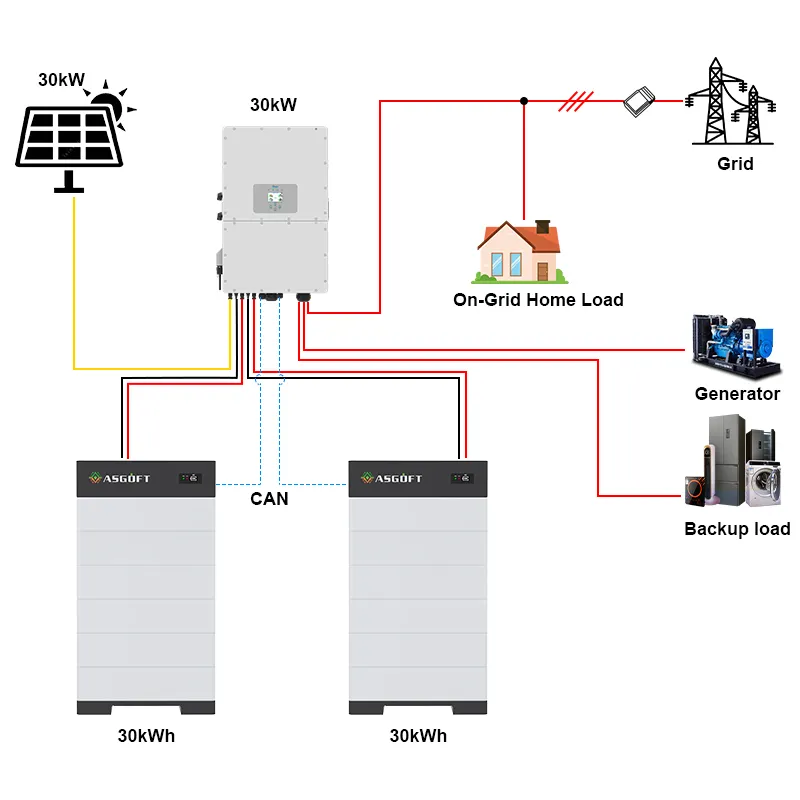As a manufacturer of new energy products, we understand the importance of Battery Energy Storage Systems (BESS) in modern power systems. BESS not only improves energy utilization efficiency but also supports the integration of renewable energy and enhances grid stability. Below are common product combinations of BESS and selection recommendations:






Calculation: Energy Storage Capacity (kWh) = Daily Maximum Power Consumption (kWh) × Capacity Utilization Ratio
Calculation: Charge-Discharge Power (kW) = Maximum Power Consumption (kW) × Inverter Efficiency



Through this detailed explanation, as a manufacturer of new energy products, you can better understand common product combinations, selection recommendations, and relevant calculation methods for battery energy storage systems, thereby providing high-quality products and services to your customers.
Building D, Huashengtai Technology, Baoan District, Shenzhen, China
© 2025 All Rights Reserved.